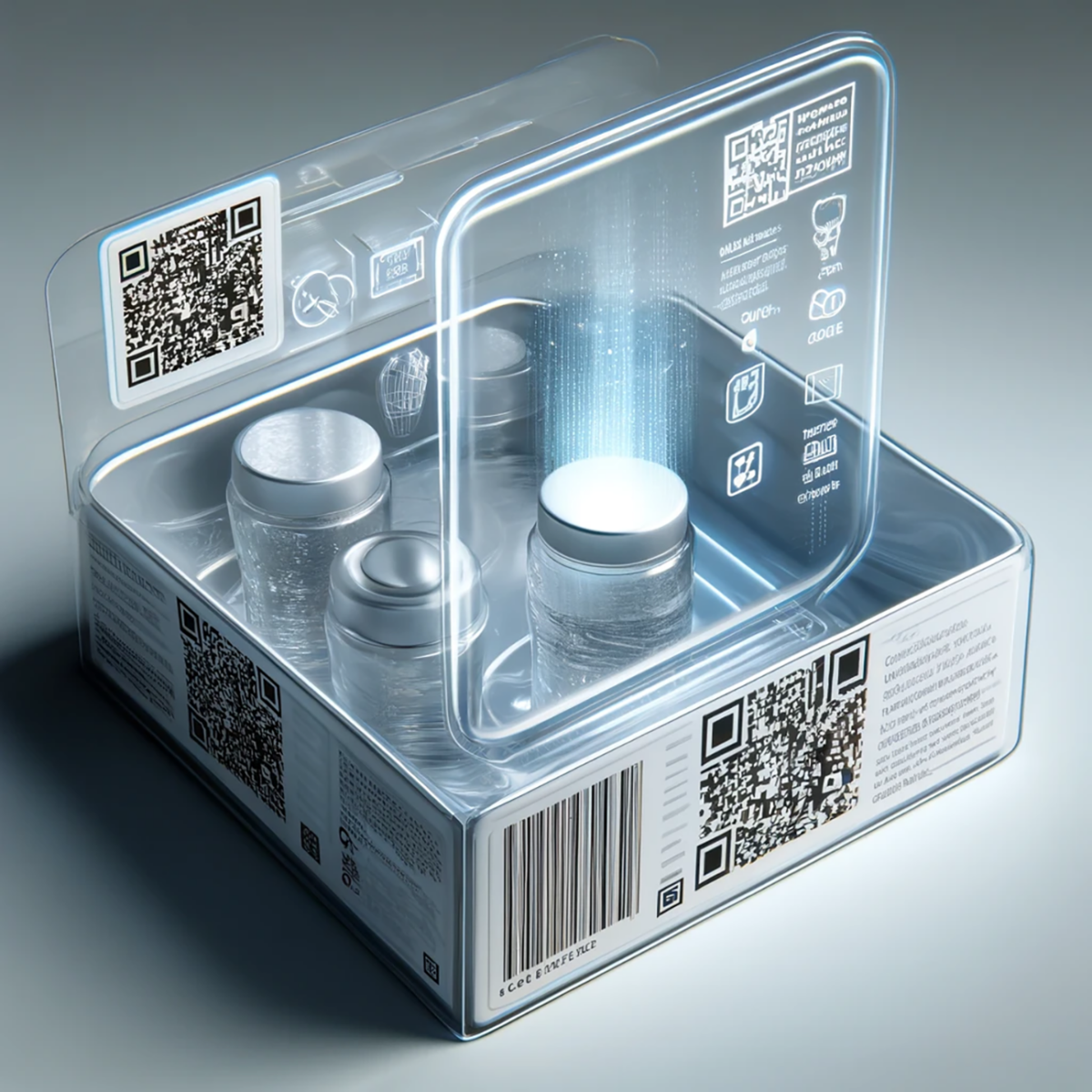Phigital Packaging: Merging Physical and Digital

Digital packaging emerges as a revolutionary player in transforming how consumers interact with products.
Traditional packaging, primarily focused on protection and basic marketing, is evolving rapidly. Today’s packaging strategies incorporate digital elements that enrich the consumer experience through engagement, personalization and added functionality.
Digital Packaging Defined
Digital packaging refers to the integration of Augmented Reality (AR), the Internet of Things (IoT), QR codes, and Near Field Communication (NFC) into product packaging. These technologies bridge the gap between digital information and physical products, offering a more interactive and informative experience to the user.
Technological Innovations
Augmented Reality (AR) in packaging layers virtual elements over physical products, enriching the user experience with interactive features, detailed product information, and entertainment. Similarly, IoT technology equips consumer goods with smart capabilities. This enables them to provide real-time data and adapt to environmental changes and user inputs.
QR codes and NFC tags are crucial as well, offering immediate access to extensive product details—from origin stories to usage instructions—via a simple smartphone scan. This instant availability of information significantly enhances user engagement, creating a personalized product interaction.
Enhancing User Engagement
Digital packaging significantly elevates the level of personalization and user engagement. For example, a wine brand using AR can allow consumers to see the winemaking process through a virtual tour by scanning the bottle label. Such innovations not only enhance the appeal of the product but also strengthen consumer relationships with the brand. An example of this is the augmented reality campaign between Shazam and Bombay Sapphire. Click here to watch the campaign in action.
Future Outlook
Despite its benefits, digital packaging faces challenges, including technological complexity, cost of implementation, and concerns over consumer privacy. However, as technology advances and becomes more cost-effective, these hurdles will likely diminish, leading to wider adoption.
Digital packaging represents a frontier in the packaging industry that promises to enhance the physical consumer experience through technology. By offering greater interactivity, personalization, and functional benefits, digital packaging not only meets the modern consumer’s expectations but sets the stage for future innovations in product engagement and branding.
